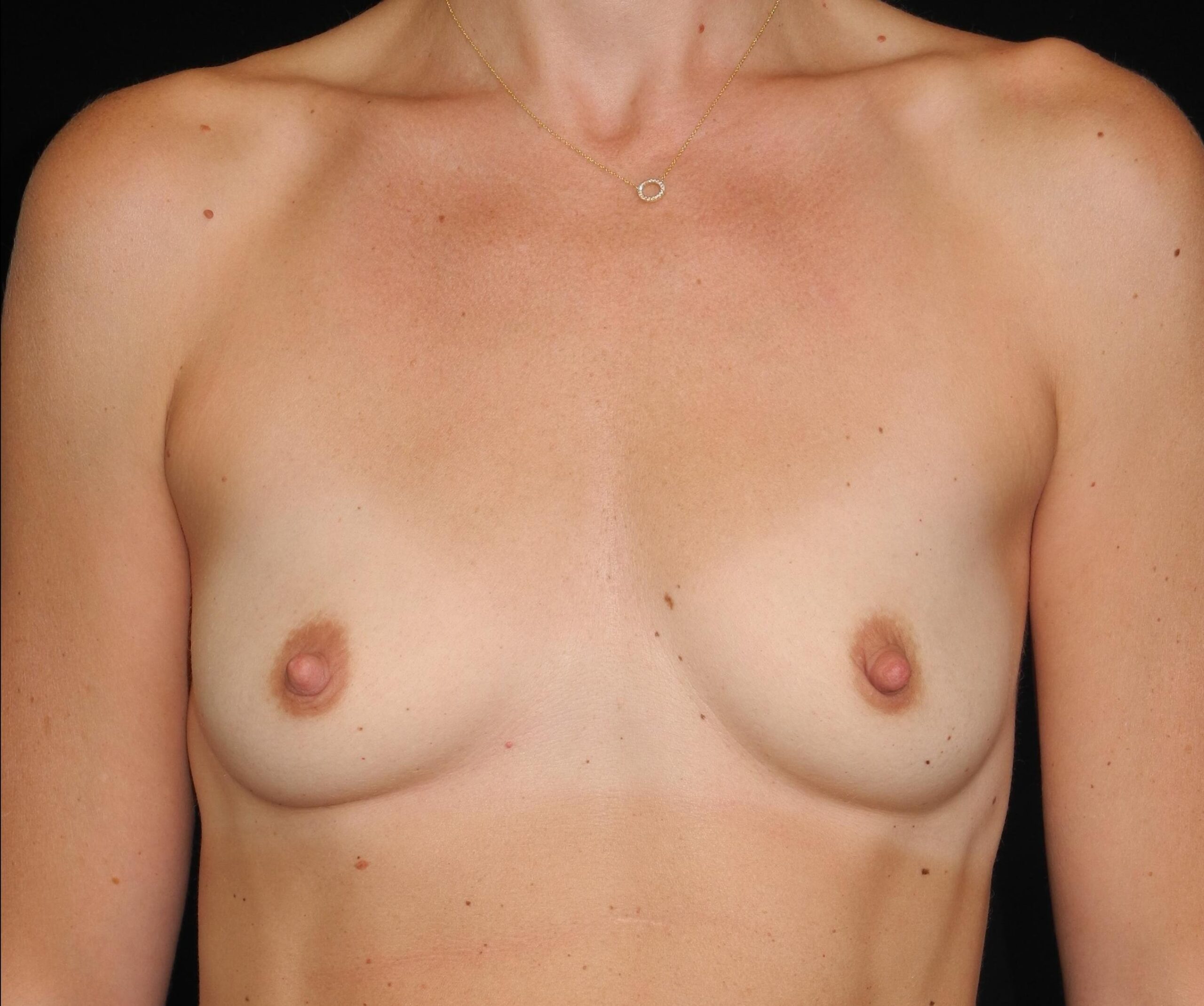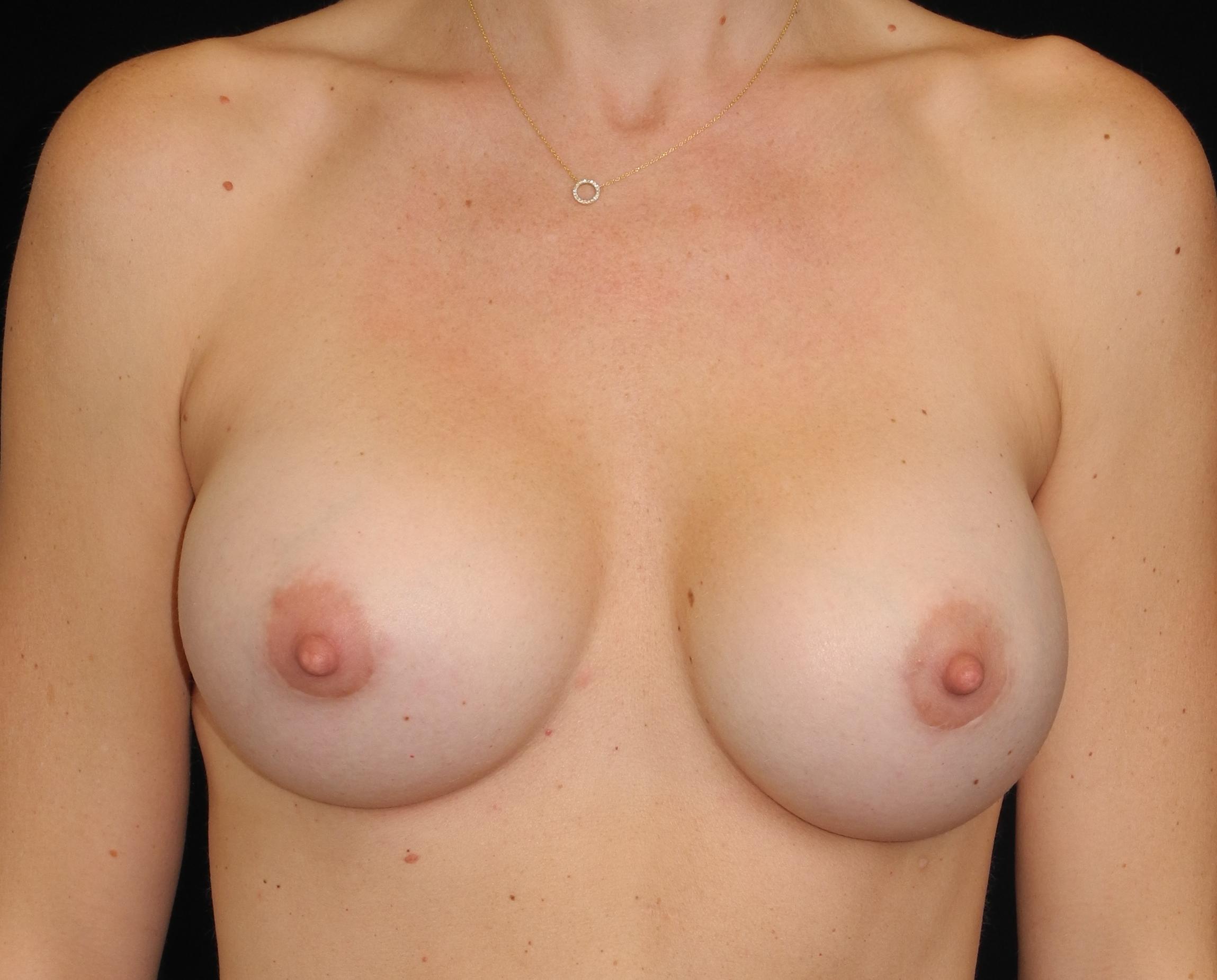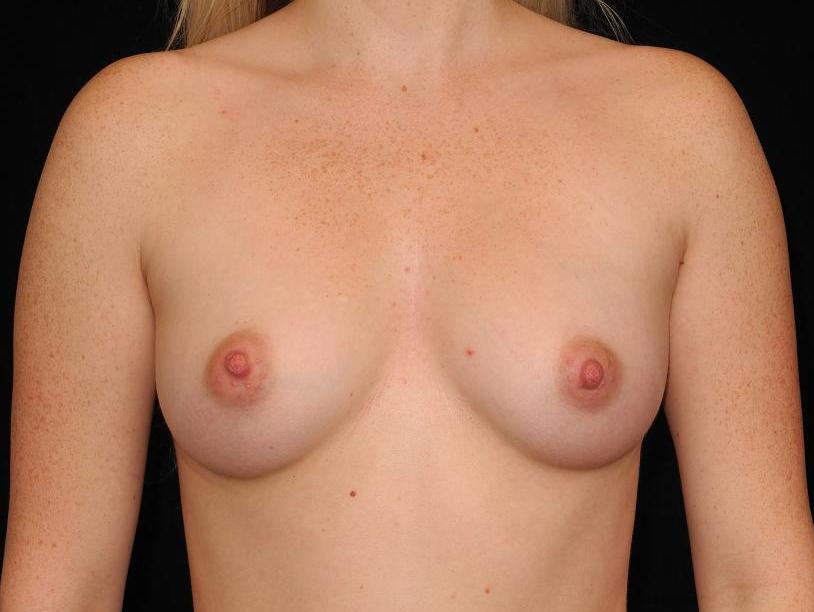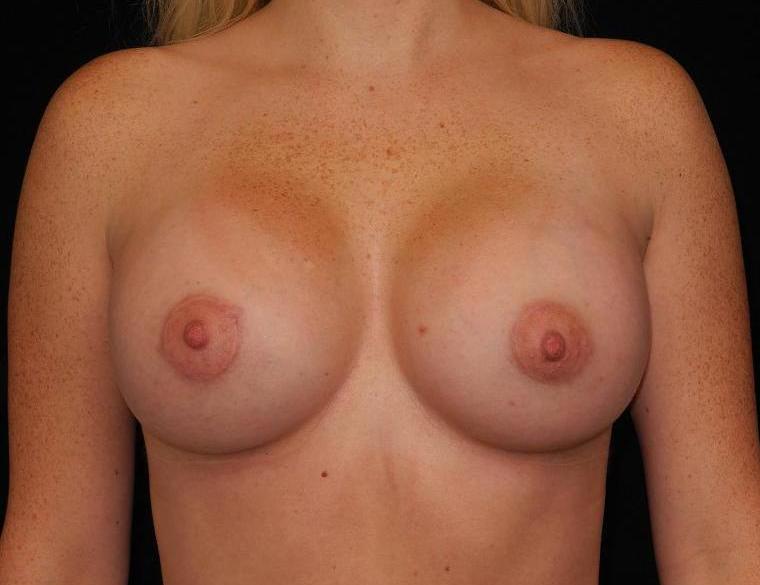On This Page
- Why Patients Choose Breast Augmentation
- Breast Implant Options
- Before & After Photos
- Implant Placement & Incision Techniques
- Reviews & Opinions Of Existing Patients
- The Breast Augmentation Procedure
- Recovery And Results
- Risks And Considerations
- Why Choose Snyder Plastic Surgery For Breast Augmentation?
- Frequently Asked Questions About Breast Augmentation
- Schedule Your Breast Augmentation Consultation
- Additonal Information
- Follow Us On Instagram
Breast augmentation is one of the most popular cosmetic procedures in the U.S., helping women achieve fuller, more balanced breasts and a renewed sense of confidence. At Snyder Plastic Surgery, we offer a highly personalized approach that blends surgical expertise with an artistic eye to deliver natural-looking results tailored to your unique goals. Whether you’re seeking to restore volume lost after pregnancy or weight loss, correct asymmetry, or enhance your silhouette, we’re here to guide you through the process with care and compassion.
With locations in Austin and Round Rock, our team is proud to serve patients throughout Central Texas, utilizing state-of-the-art surgical techniques and providing individualized consultations.
Why Patients Choose Breast Augmentation
Every woman’s reason for pursuing breast augmentation is deeply personal. Our patients come to us with a variety of motivations, including:
- Desire for fuller, more proportionate breasts.
- Restoring volume lost after pregnancy or weight loss.
- Correcting asymmetry between breasts.
- Boosting body confidence and self-image.
- Reconstruction following mastectomy or trauma.
No matter your reason, Dr. Snyder and his team work closely with you to ensure your results are beautiful, balanced, and in line with your aesthetic goals.
Breast Augmentation
Look and Feel Your Best
Learn more about Breast Augmentation from Dr. Ned Snyder.
Breast Implant Options
At Snyder Plastic Surgery, patients have access to a variety of implant types and enhancements to help achieve their desired breast appearance. Each option offers unique benefits, and during your consultation, Dr. Snyder will guide you through the decision-making process based on your anatomy, lifestyle, and cosmetic goals.
Saline Breast Implants
These are silicone shells filled with a sterile saltwater solution after they are inserted into the breast pocket. These implants allow for smaller incisions during surgery and provide a firmer feel. In the rare event of a rupture, the body safely absorbs the saline. While they tend to offer a less natural texture than silicone, they remain a reliable and FDA-approved choice for many women.
Silicone Breast Implants
These come pre-filled with a cohesive silicone gel that closely mimics the feel of natural breast tissue. Many patients prefer silicone for its more natural appearance and softness. Silicone implants require slightly larger incisions and routine monitoring, but they are a popular choice for those seeking subtle, realistic enhancement.
Sientra® Implants
At Snyder Plastic Surgery, we uses Sientra® implants for their soft, natural texture, durability, and high safety standards. These implants require slightly larger incisions than saline but are less prone to rippling. Regular monitoring, typically through MRI or ultrasound, is recommended to detect any “silent” ruptures, as silicone gel may not be immediately noticeable if the implant shell is compromised.
Explore our Sientra® partnership
We now offer Motiva Implants as a new option for patients seeking advanced implant design and a refined, natural feel. Motiva features an ultra-soft gel, smooth surface, and built-in technology to support long-term implant monitoring. It’s an excellent choice for women looking for a modern, elegant approach to breast enhancement.
Explore our Motiva® partnership
Fat Transfer Breast Augmentation
This option uses the patient’s own fat, harvested through liposuction from another area of the body, to add subtle volume to the breasts. This natural approach avoids synthetic implants and is ideal for women looking for a modest enhancement with added contouring benefits. However, it’s best suited for those with sufficient body fat and realistic volume expectations.





real results, real patients
Before & After Photos
Explore before and after photos to see how breast augmentation has helped real patients achieve balanced, natural-looking results that align with their goals.
VIEW OUR GALLERYImplant Placement & Incision Techniques
In addition to choosing the right implant type, placement and incision location are key decisions in the breast augmentation process. Dr. Snyder will guide you through these choices during your consultation based on your anatomy, goals, and lifestyle.
Implant Placement Options:
- Submuscular (under the muscle):
The implant is placed beneath the pectoral muscle. This technique often results in a more natural look and lowers the risk of visible rippling. It’s typically recommended for women with thinner breast tissue. - Subglandular (over the muscle):
The implant is positioned directly behind the breast tissue but above the muscle. This may offer a quicker recovery and is ideal for patients with adequate natural tissue to cover the implant. - Dual Plane (partially under the muscle):
This technique blends the benefits of submuscular and subglandular placement by positioning the upper portion of the implant under the muscle and the lower portion under the breast tissue. It offers a natural slope while improving lower-pole fullness and is often ideal for women with mild sagging or less natural volume.
Incision Techniques:
- Inframammary:
Made in the fold under the breast. This is the most common approach and allows for excellent control and minimal visibility of scars. - Periareolar:
Made around the lower edge of the areola. This incision can be well-hidden in the natural pigment transition but may slightly increase the risk of changes in nipple sensation. - Transaxillary:
Placed in the armpit area to avoid visible scars on the breast. This approach is less common and typically used for saline implants.
Each option comes with trade-offs in terms of visibility, sensation, and recovery. Dr. Snyder will work with you to select the method that achieves the most natural-looking and lasting result.
our reputation Reviews & Opinions Of Existing Patients
patient reviewsThe Breast Augmentation Procedure
Once you’ve decided to move forward with surgery, knowing what to expect before, during, and after your procedure can help you feel more prepared and confident. Below is an overview of the breast augmentation process, from your initial consultation to recovery and follow-up care.
What To Expect: Step-By-Step
Breast augmentation begins with a comprehensive consultation, during which patients discuss their aesthetic goals, medical history, and any concerns they may have. Dr. Snyder conducts a thorough examination to assess breast anatomy, skin elasticity, and overall health, helping to determine the most suitable approach for achieving the desired results.
Performed under general anesthesia, the chosen incision technique, whether inframammary, periareolar, or transaxillary, is meticulously executed to minimize visible scarring. Depending on the patient’s anatomy and implant placement preferences, the surgeon then creates a pocket either beneath the breast tissue or the chest muscle. Silicone or saline implants are then inserted to achieve symmetry, proper positioning, and natural-looking results.
You’ll be placed in a supportive surgical bra to assist with healing. Most patients are able to return home the same day with detailed recovery instructions and scheduled follow-up visits to monitor healing.
Recovery and Results
Recovery after breast augmentation varies slightly for each patient, but most can expect to return to light activities within a few days. You may experience some swelling, bruising, and discomfort initially, which can be managed with prescribed pain medication and proper post-operative care. Dr. Snyder will provide detailed instructions to help ensure a smooth healing process, including how to care for your incisions and when to resume exercise.
During the first week, it’s important to rest and avoid lifting heavy objects or raising your arms above shoulder level. Most patients are able to return to work and non-strenuous daily tasks within a week, depending on the nature of their job. Over the next several weeks, the implants will begin to settle into place and the swelling will gradually subside, revealing more natural-looking results.
Final results typically take a few months to fully develop, but you’ll begin to notice enhanced volume and shape early in your recovery. Dr. Snyder schedules follow-up appointments to monitor your progress and ensure optimal healing. With proper care and a healthy lifestyle, your breast implants can provide long-lasting satisfaction and a significant boost in confidence.
Risks and Considerations
As with any surgical procedure, breast augmentation comes with risks. At Snyder Plastic Surgery, we take every precaution to minimize complications and ensure your safety, but it’s important to understand potential concerns before surgery:
Capsular Contracture: Scar tissue can form around the implant, causing firmness or distortion.
Implant Rupture or Leakage: Though rare, implants can break down over time and may need to be replaced.
Changes in Sensation: Some patients experience temporary or permanent changes in nipple or breast sensation.
Implant Malposition or Asymmetry: While symmetry is a top goal, natural differences or implant shifts may lead to uneven appearance.
Future Revision Surgery: Implants are not lifetime devices. You may choose or need revision surgery years later to replace or adjust the implants.
The key to minimizing risk is choosing a board-certified plastic surgeon and following all pre- and post-op instructions closely. Dr. Snyder’s experience and personalized planning help ensure the safest and most beautiful outcome possible.
Why Choose Snyder Plastic Surgery for Breast Augmentation?
At Snyder Plastic Surgery, patients benefit from Dr. Ned Snyder’s extensive experience, artistic eye, and personalized approach to breast enhancement. With a reputation for natural-looking results and individualized care, Dr. Snyder helps patients feel confident every step of the way, from consultation through recovery.
Each treatment plan is tailored to the patient’s anatomy and goals, with expert guidance on implant choices, incision placement, and recovery expectations. Patients also have access to a before-and-after gallery to help visualize outcomes. With offices in Austin and Round Rock, Snyder Plastic Surgery is a trusted destination for those seeking safe, beautiful, and lasting breast augmentation results.
Frequently Asked Questions About Breast Augmentation
How do I choose the right implant size?
Will my implants look natural?
Can I breastfeed after breast augmentation?
What will the scars look like?
How long do implants last?
Schedule Your Breast Augmentation Consultation
Ready to take the next step? Contact Snyder Plastic Surgery today to schedule your one-on-one breast implant consultation in Austin or Round Rock, TX. Let’s create a plan that reflects your goals and helps you feel confident in your skin.
learn more Additonal Information
For additional information about our services, procedures, and the patient experience at Snyder Plastic Surgery, please explore our website or contact our office. We are committed to providing comprehensive care and support from the initial consultation through recovery. Schedule a consultation today to begin your journey towards a more confident and beautiful you.







